Personalized learning tailored to the needs of individual students, coupled with group projects, is taking hold in the nation's schools. “We can’t just line up students in rows and teach everybody the same way, at the same pace,” says Leanne Meyer-Smith, AIA, LEED AP, VP of Architecture with Wight & Company. “That’s not working.”
In terms of school design, no single template has taken hold, but one thing is certain: long, double-loaded corridors are a thing of the past.
Improved economic conditions have freed up money for new projects and renovations. There’s a sense of urgency to update facilities to make up for the time lost when the Great Recession stymied many projects. “We’ve been seeing a lot more success with school funding referendums,” says Steve Herr, AIA, Director of Design, Fanning Howey.
See also: Top 150 K-12 Architecture + AE Firms - 2018 Giants 300 rankings
See also: Top 75 K-12 Engineering + EA Firms - 2018 Giants 300 rankings
See also: Top 90 K-12 Construction + CM Firms - 2018 Giants 300 rankings
Designing schools that can accommodate the pedagogy of today and the teaching styles of tomorrow is educated guesswork. “You have to allow for evolving instructional models without forcing tremendous expense to reconfigure spaces,” says Sean O’Donnell, FAIA, LEED AP, Principal and Practice Area Leader, Primary Education, with Perkins Eastman. Providing a little extra room and flexibility is crucial.
Extra space for learning and socializing can be created in common areas, where students can study and collaborate on projects in nooks and crannies around the school. “Interstitial spaces are really important,” says O’Donnell.
The building core at the Wilson School, a new 775-student high school under construction in Arlington, Va., will feature a wide staircase that opens out to the lobby, which will double as a gathering place for students. “We typically see that type of space in a university setting,” says Andrew Graham, AIA, Associate with Leo A Daly, the project’s design architect, along with Bjarke Ingels Group.
Even renovations of old double-loaded corridors can get at least part of the way to a modern design. Provided there's sufficient structural support in place, interior walls can be removed and track-mounted wall systems can be installed. “When you open up the walls, the corridor disappears and becomes a learning space,” says Lance Tritsch, LEED AP, Project Director, Pepper Construction.
Even when structural alterations are not possible, spaces can still be reconfigured at relatively low cost. “There’s a lot you can do with agile furniture,” says Meyer-Smith. Classrooms can be spruced up with new carpeting, plush pillows, and strategically placed bookshelves as dividers.
K-12 school designers are also using the increasing body of scientific evidence that links the interior environment to student performance as they pitch design ideas to district officials. Daylighting and indoor air quality are always on the front burner in these discussions.
Acoustic clarity within the classroom is also a major consideration. “If students can’t hear the teacher clearly, their ability to learn is impaired,” says Laura Wernick, FAIA, REFP, LEED AP, Senior Principal with HMFH Architects. Reducing noise is especially critical for children with ADHD, a condition exacerbated by excessive stimuli.
HMFH brings in experts at various stages of the project to measure and analyze classroom acoustics. This enables designers and contractors to identify noise problems early, before they get too expensive to fix, says Chin Lin, AIA, LEED AP, Senior Associate with HMFH.

Wilson School, Arlington, Va
Children with ADHD and other conditions that are made worse by excessive stimuli can benefit from the use of tunable LEDs, says Lin. “Dimming and providing warmer tones through lighting is calming,” he says. With color-tunable lighting currently costing about twice as much as standard lighting, schools are likely to use the more expensive options in special needs classrooms where they can do the most good.
The trend toward more hands-on learning remains strong. STEAM and STREAM (the “R” is for robotics) curricula often include maker spaces equipped with 3D printers. O’Donnell says “flight lounges"—areas adjacent to maker spaces, where teachers from different subject areas can get together to devise interdisciplinary teaching strategies and hands-on student projects—are coming into vogue.
getting students out into the world
High schools are also experimenting with giving students real-world business experience. The new Carmel (Ind.) High School has a 2,000-sf space for a student-run coffee shop and retail outlet featuring school-themed clothing and gear. Students perform all the managerial, accounting, marketing, graphics, and communication tasks to run the business. There's even a “Shark Tank,” where students can pitch ideas using whiteboards and high-end presentation tools.
A 30,000-sf space in a repurposed warehouse at the Brooklyn (N.Y.) Navy Yard is dedicated to the STEAM Center, where 11th and 12th graders from Brooklyn schools spend half of each day learning vocational and technical skills such as engineering, design, construction, film and media, and culinary arts.
“Students are introduced to companies in the Navy Yard and have the opportunity to participate in internships,” says Christine Schlendorf, AIA, Principal with Perkins Eastman.
Related Stories
K-12 Schools | Sep 5, 2021
Philadelphia builds a new school in under 18 months, thanks to a P3 pact between the school district and developer
Gilbane and Stantec were key players in the design and construction of Propel Academy.
Giants 400 | Aug 30, 2021
2021 Giants 400 Report: Ranking the largest architecture, engineering, and construction firms in the U.S.
The 2021 Giants 400 Report includes more than 130 rankings across 25 building sectors and specialty categories.
Resiliency | Aug 19, 2021
White paper outlines cost-effective flood protection approaches for building owners
A new white paper from Walter P Moore offers an in-depth review of the flood protection process and proven approaches.
K-12 Schools | Aug 18, 2021
Hastings Architecture completes two new K-12 projects in Nashville
The projects have very different programs but both play critical roles on their respective campuses.
K-12 Schools | Aug 13, 2021
A new P3 guide for K-12 school construction is released
This alternative financing isn’t a silver bullet, but it does provide options to cash-strapped districts.
Contractors | Jul 23, 2021
The aggressive growth of Salas O'Brien, with CEO Darin Anderson
Engineering firm Salas O'Brien has made multiple acquisitions over the past two years to achieve its Be Local Everywhere business model. In this exclusive interview for HorizonTV, BD+C's John Caulfield sits down with the firm's Chairman and CEO, Darin Anderson, to discuss its business model.
K-12 Schools | Jul 9, 2021
LPA Architects' STEM high school post-occupancy evaluation
LPA Architects conducted a post-occupancy evaluation, or POE, of the eSTEM Academy, a new high school specializing in health/medical and design/engineering Career Technical Education, in Eastvale, Calif. The POE helped LPA, the Riverside County Office of Education, and the Corona-Norco Unified School District gain a better understanding of which design innovations—such as movable walls, flex furniture, collaborative spaces, indoor-outdoor activity areas, and a student union—enhanced the education program, and how well students and teachers used these innovations.
K-12 Schools | Jun 29, 2021
A Maryland school system launches a P3 program to speed up K-12 school design, financing, and construction
Gilbane and Stantec are part of a consortium that breaks ground on six new schools this week.
Resiliency | Jun 24, 2021
Oceanographer John Englander talks resiliency and buildings [new on HorizonTV]
New on HorizonTV, oceanographer John Englander discusses his latest book, which warns that, regardless of resilience efforts, sea levels will rise by meters in the coming decades. Adaptation, he says, is the key to future building design and construction.
K-12 Schools | Jun 20, 2021
Los Angeles County issues design guidelines for extending PreK-12 learning to the outdoors
The report covers everything from funding and site prep recommendations to whether large rocks can be used as seating.


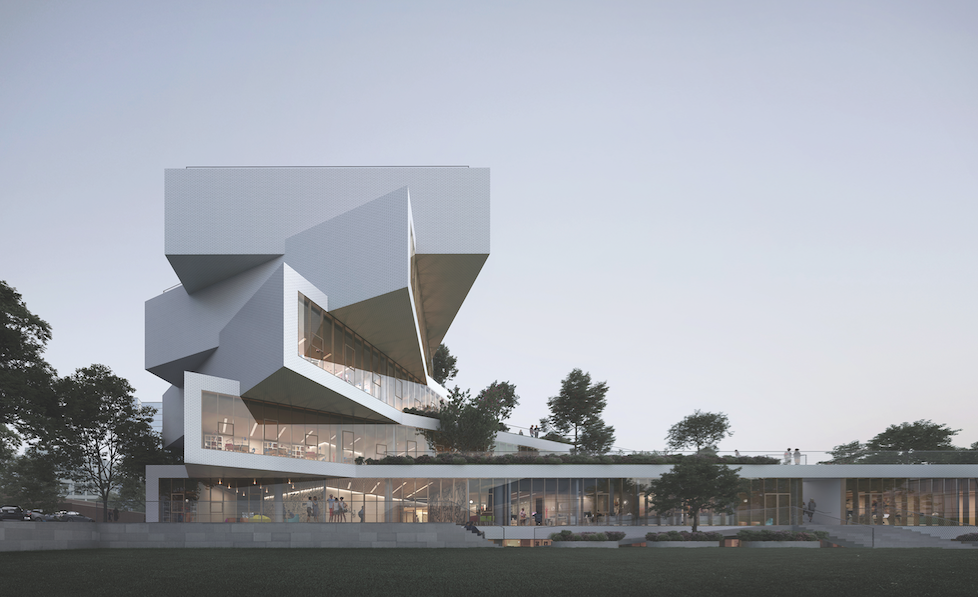
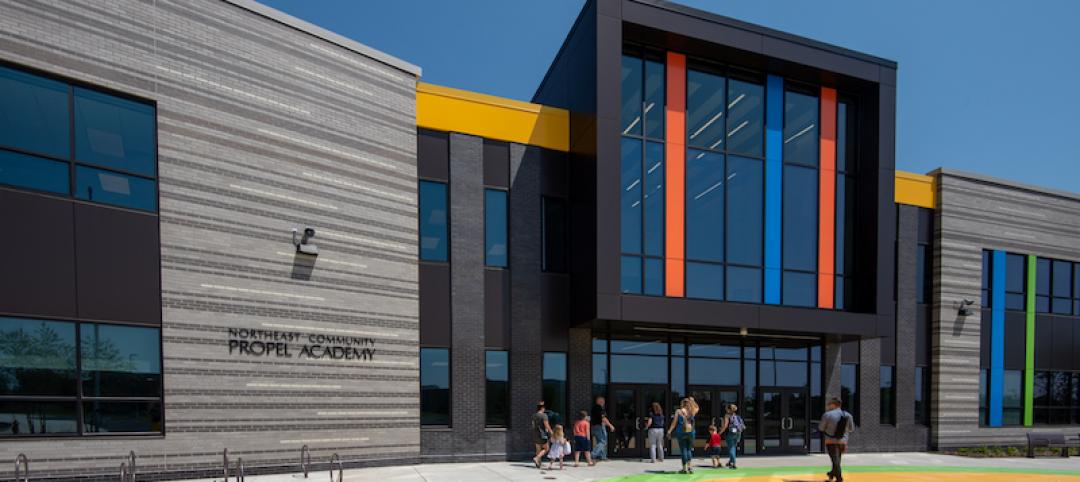


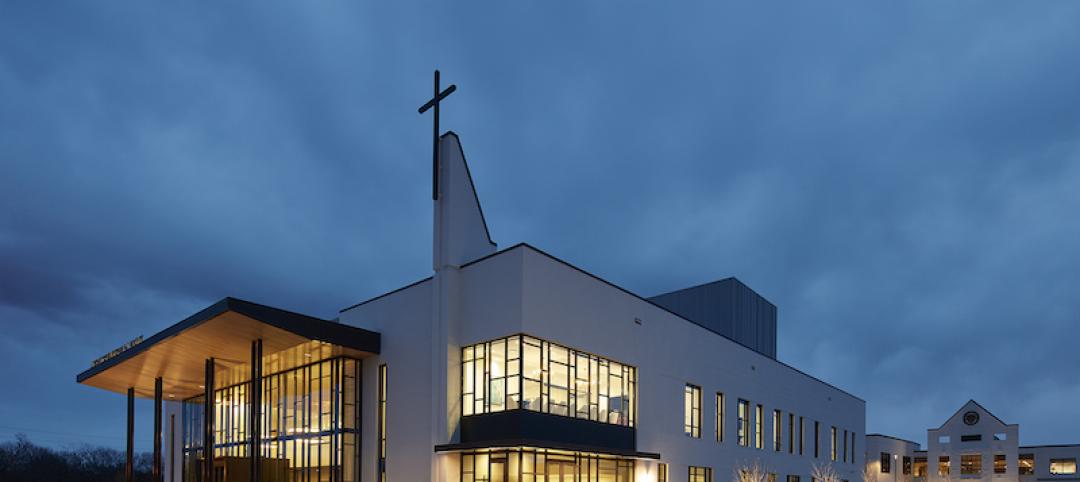
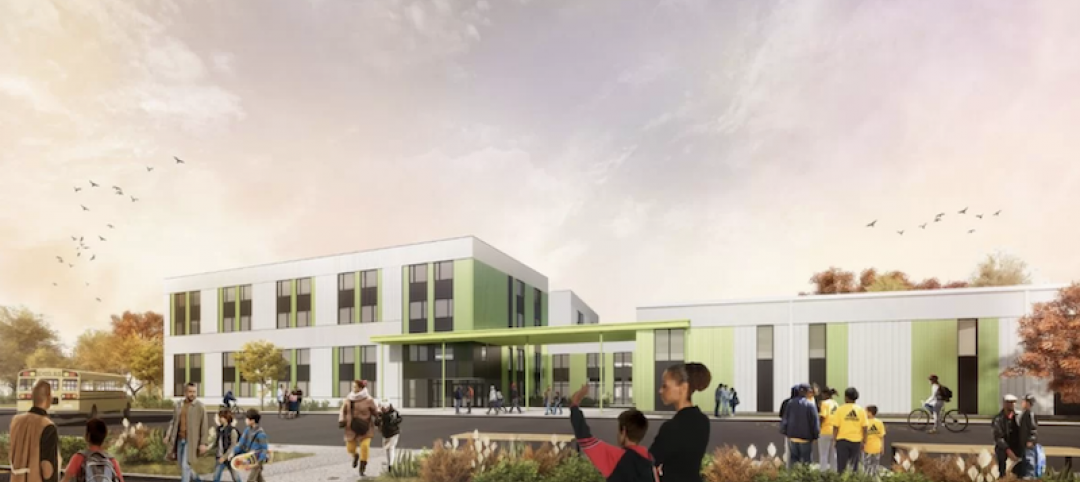


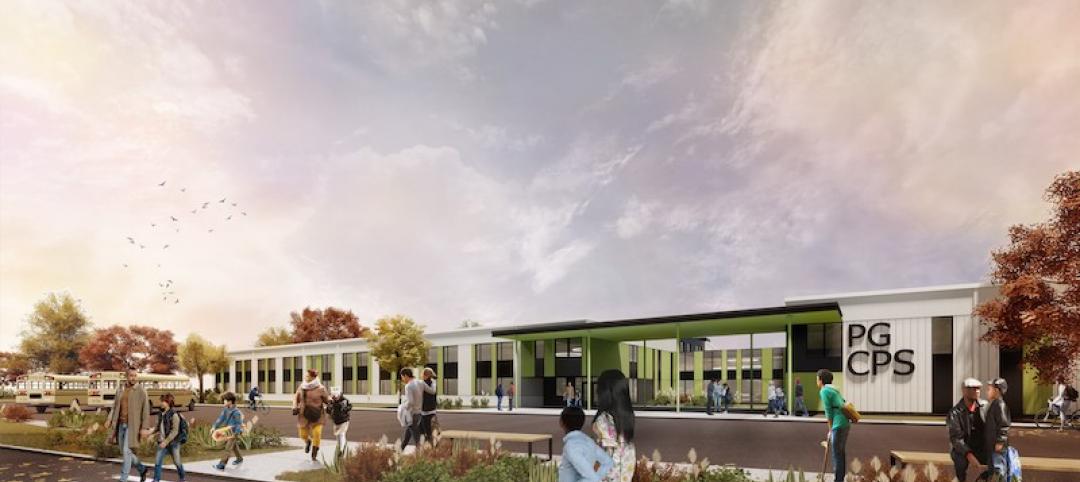
![Oceanographer John Englander talks resiliency and buildings [new on HorizonTV] Oceanographer John Englander talks resiliency and buildings [new on HorizonTV]](/sites/default/files/styles/list_big/public/Oceanographer%20John%20Englander%20Talks%20Resiliency%20and%20Buildings%20YT%20new_0.jpg?itok=enJ1TWJ8)





